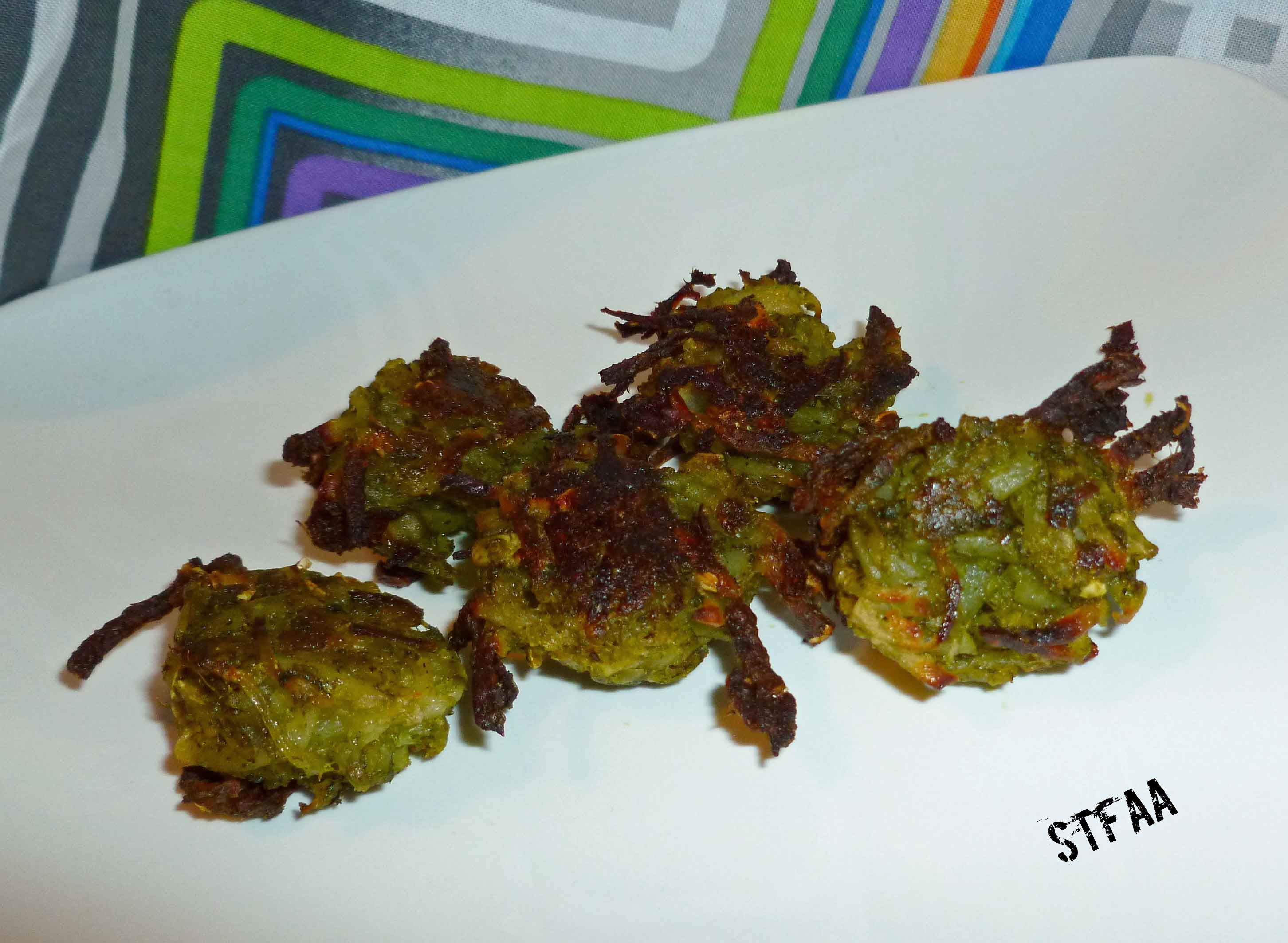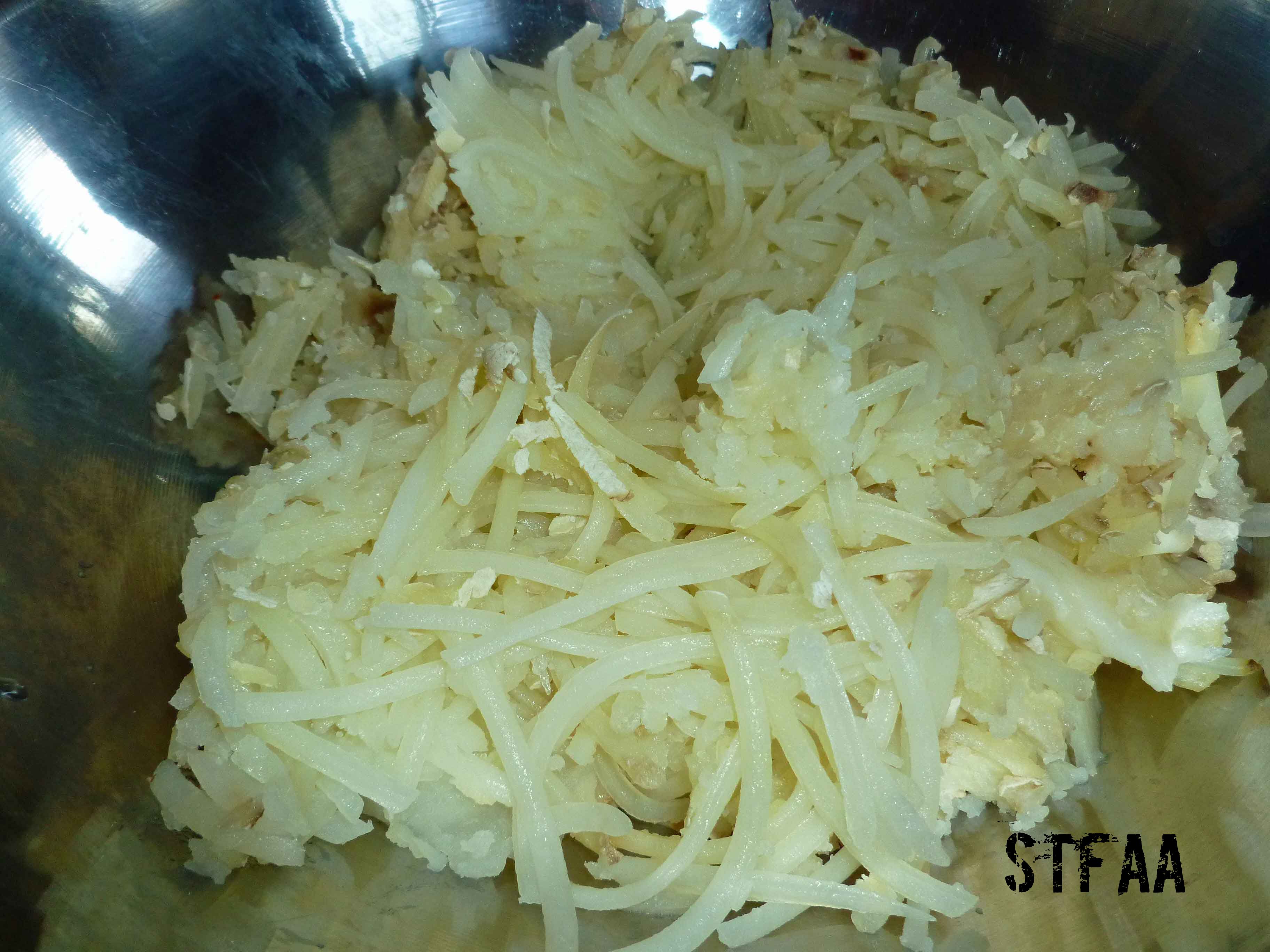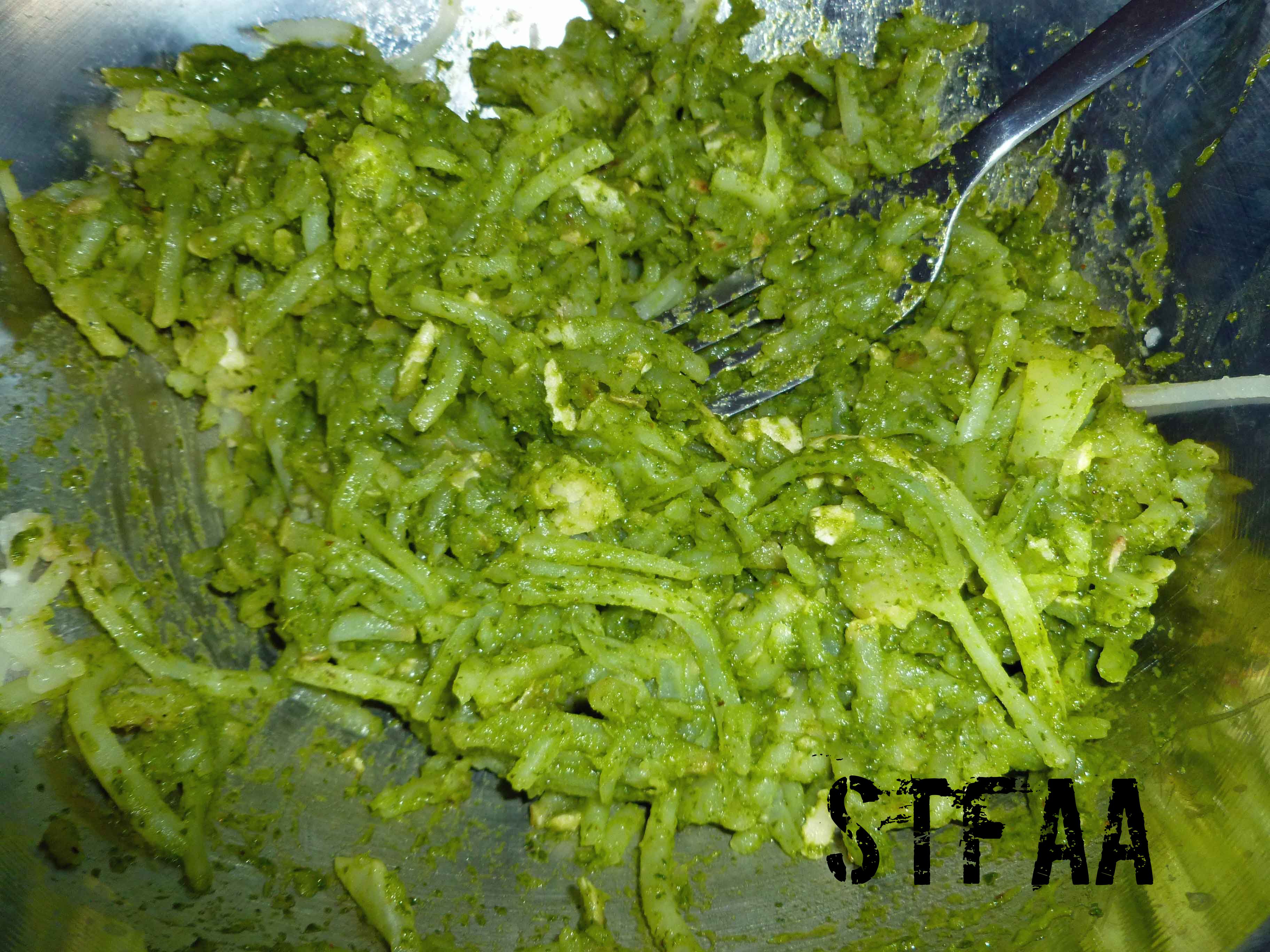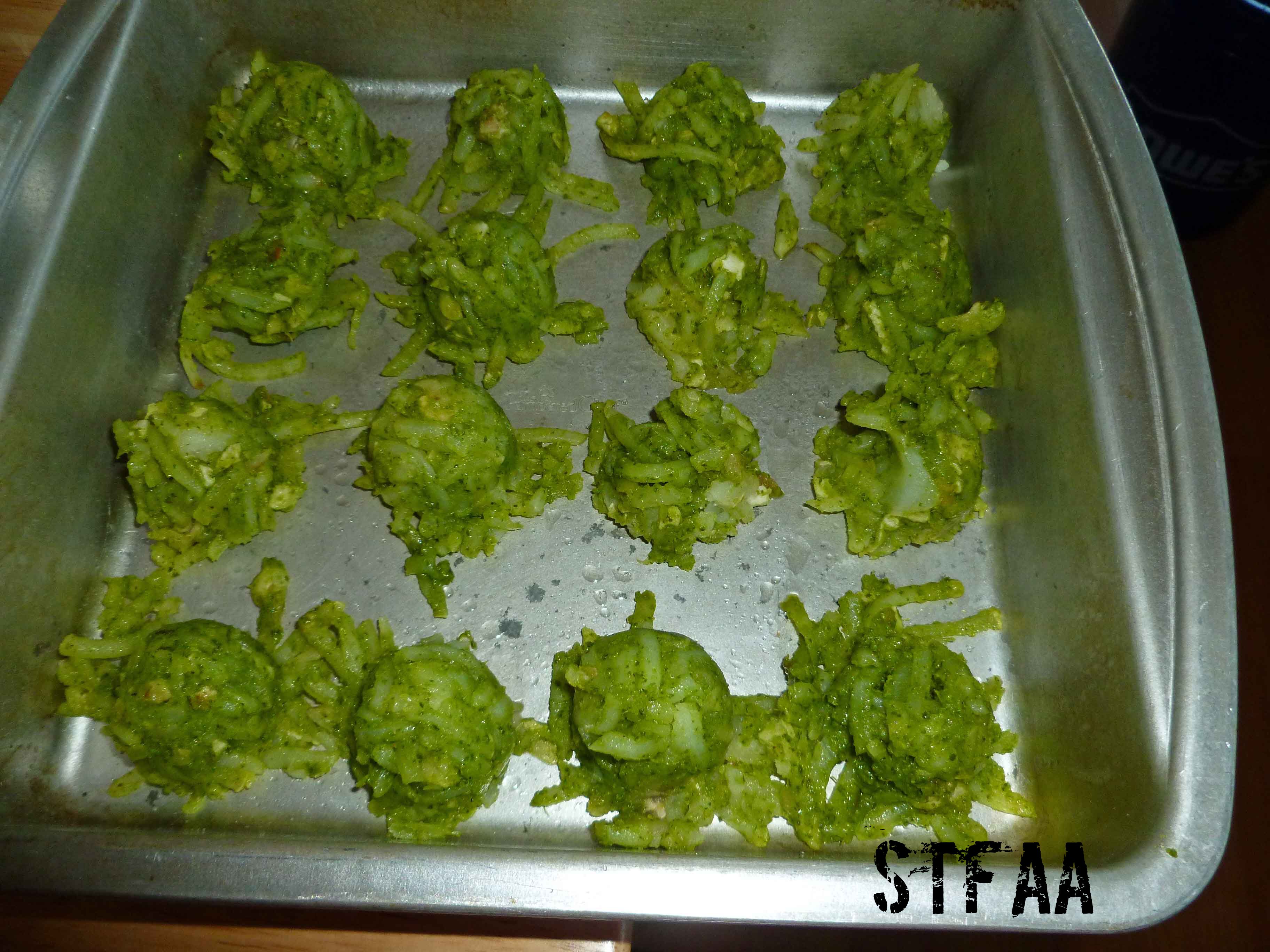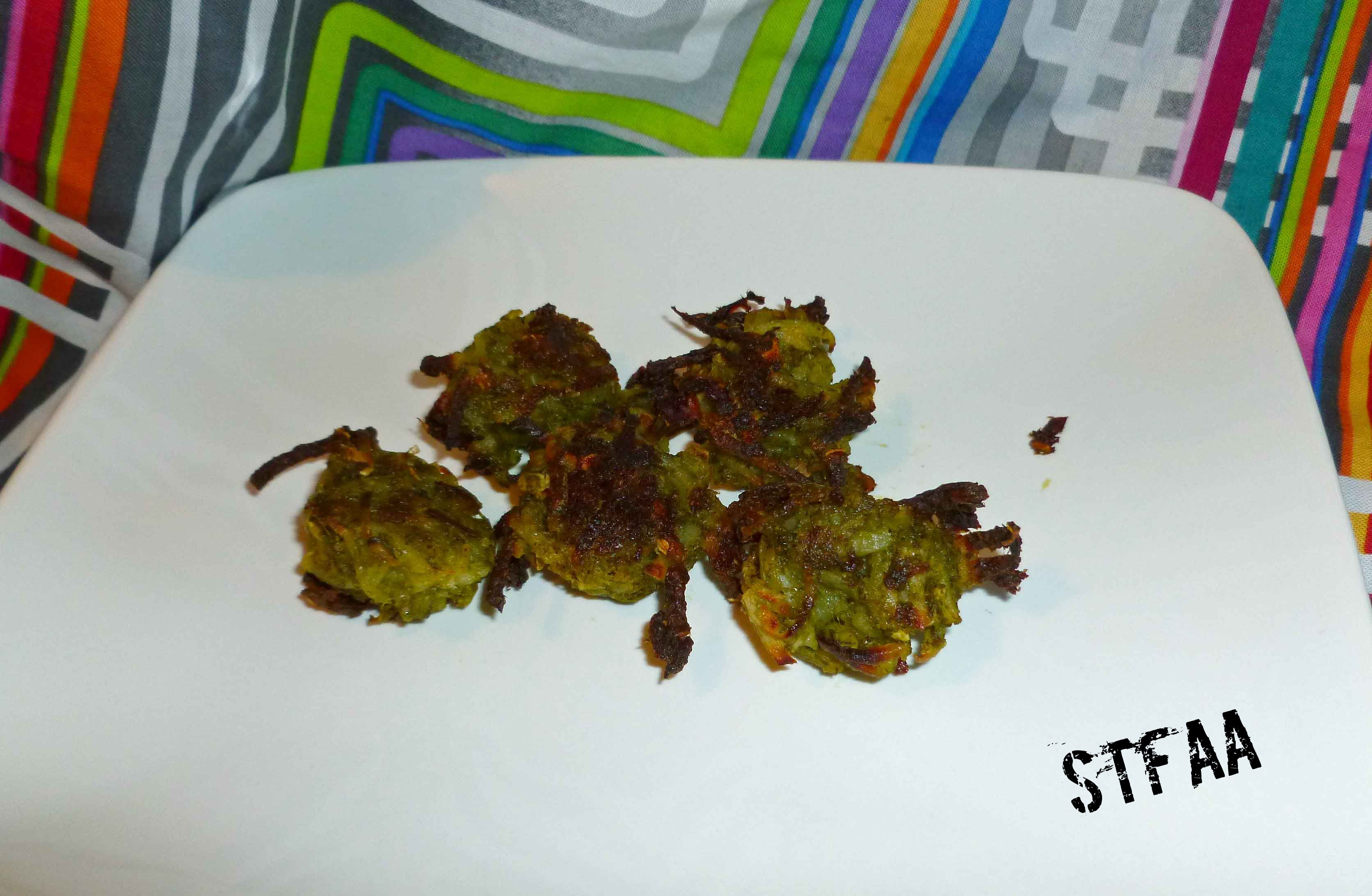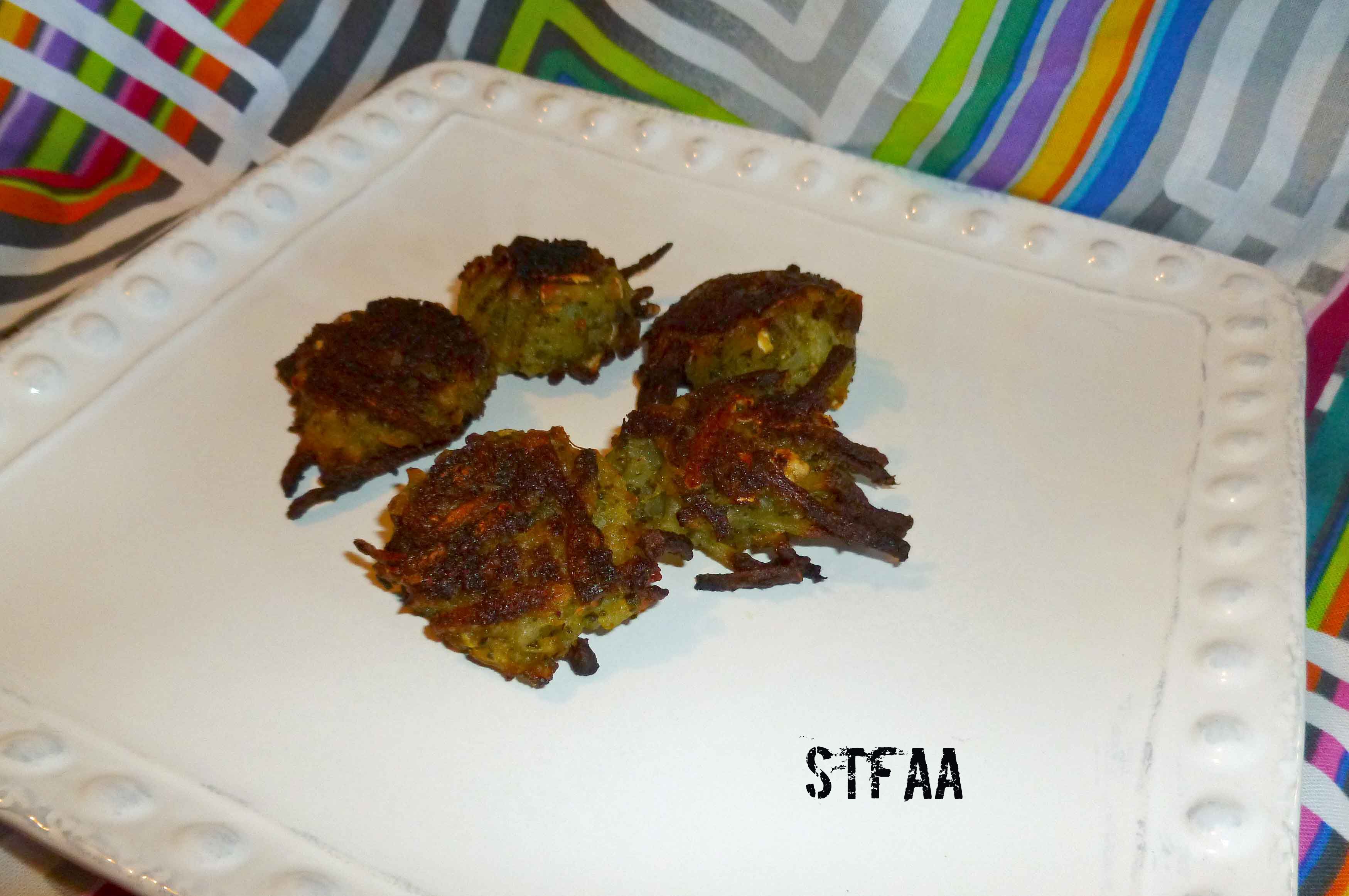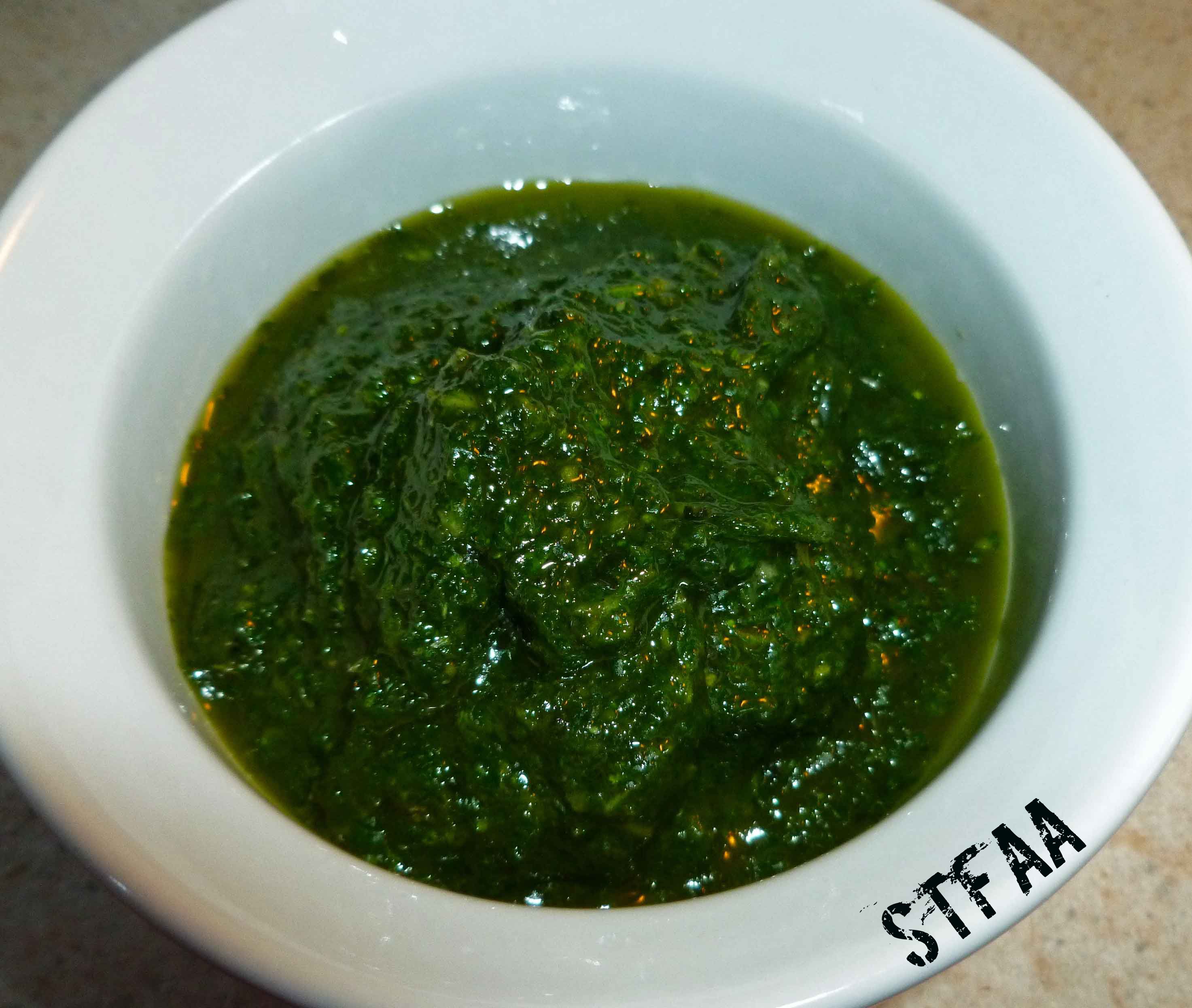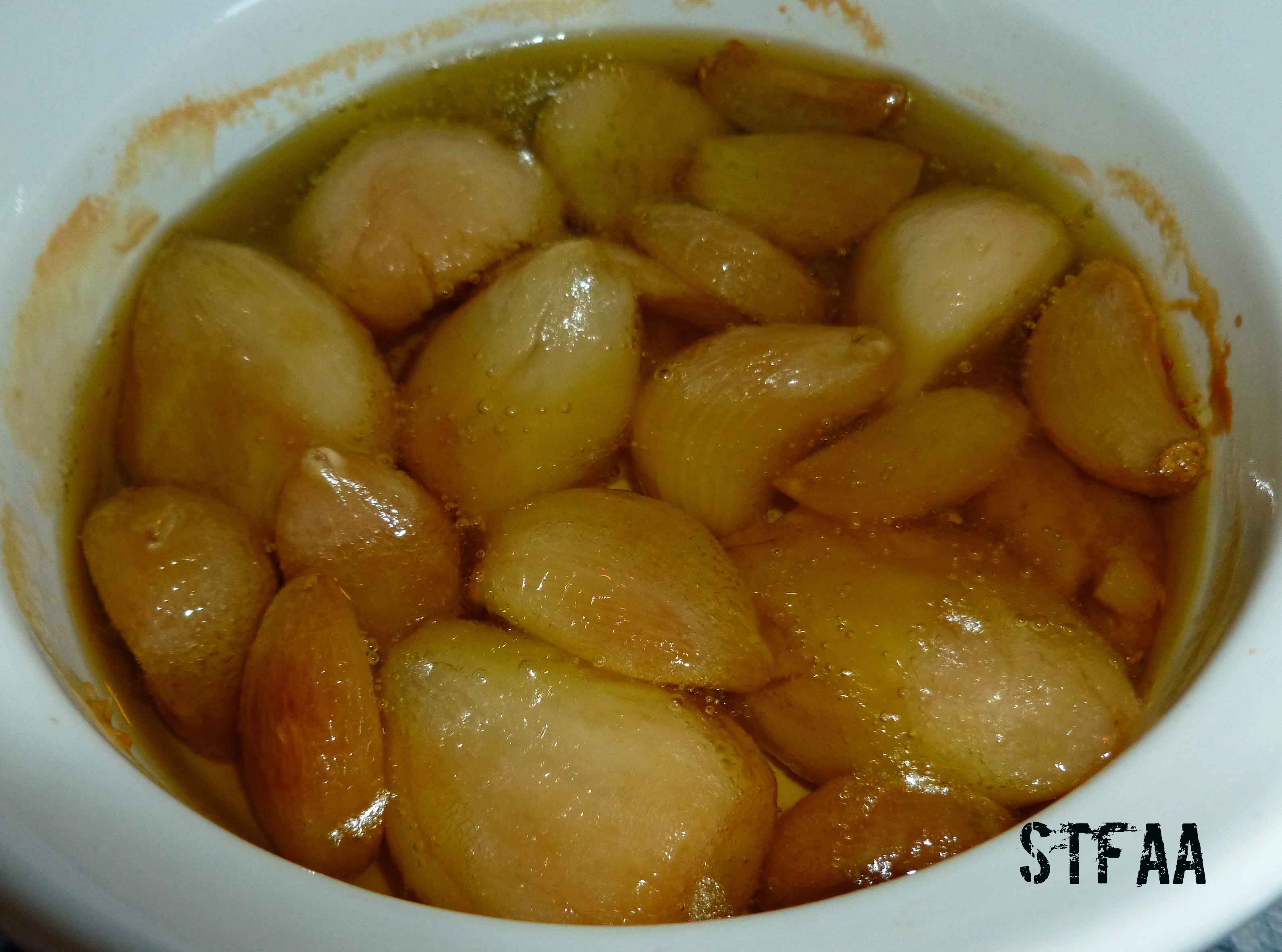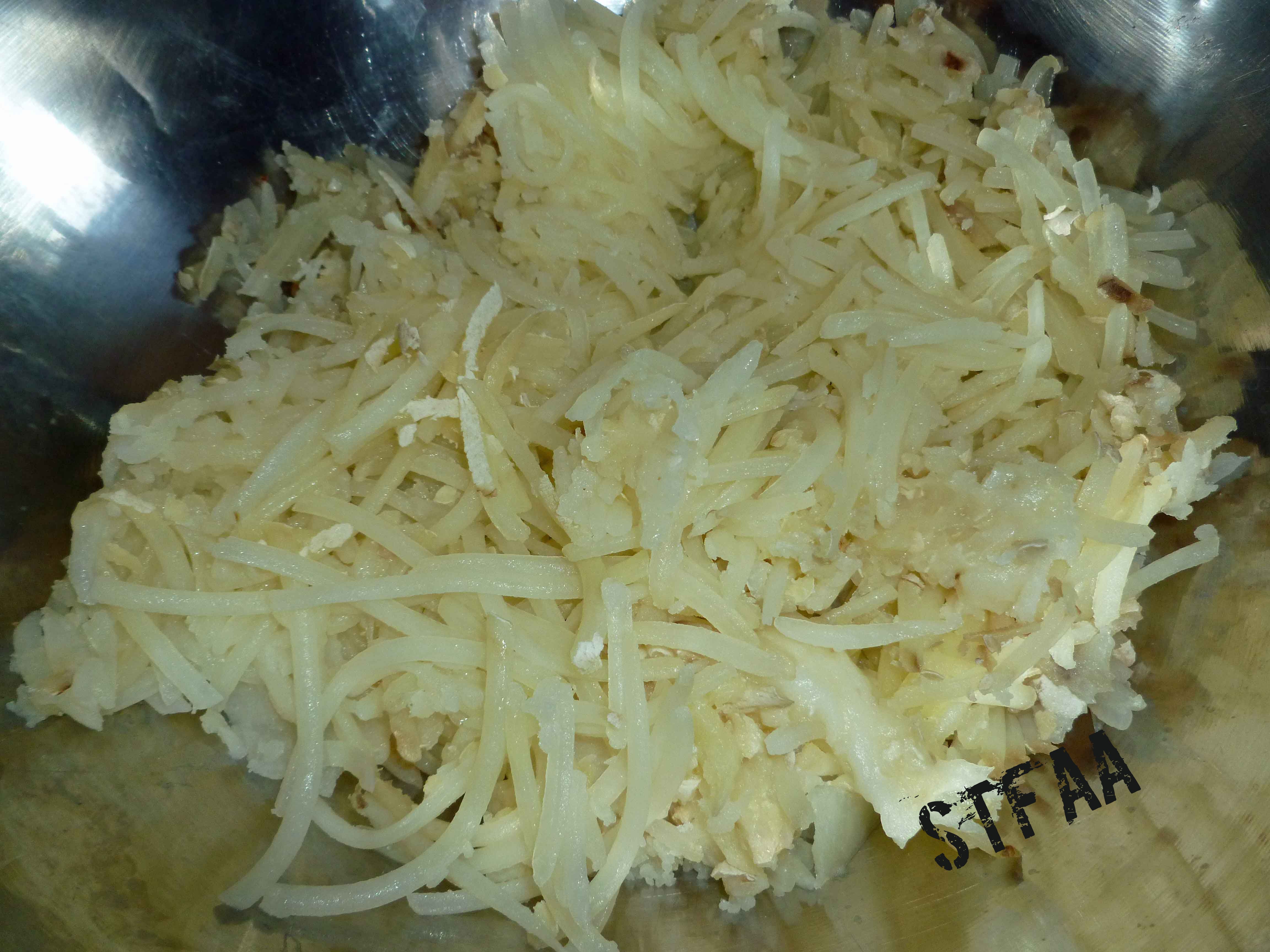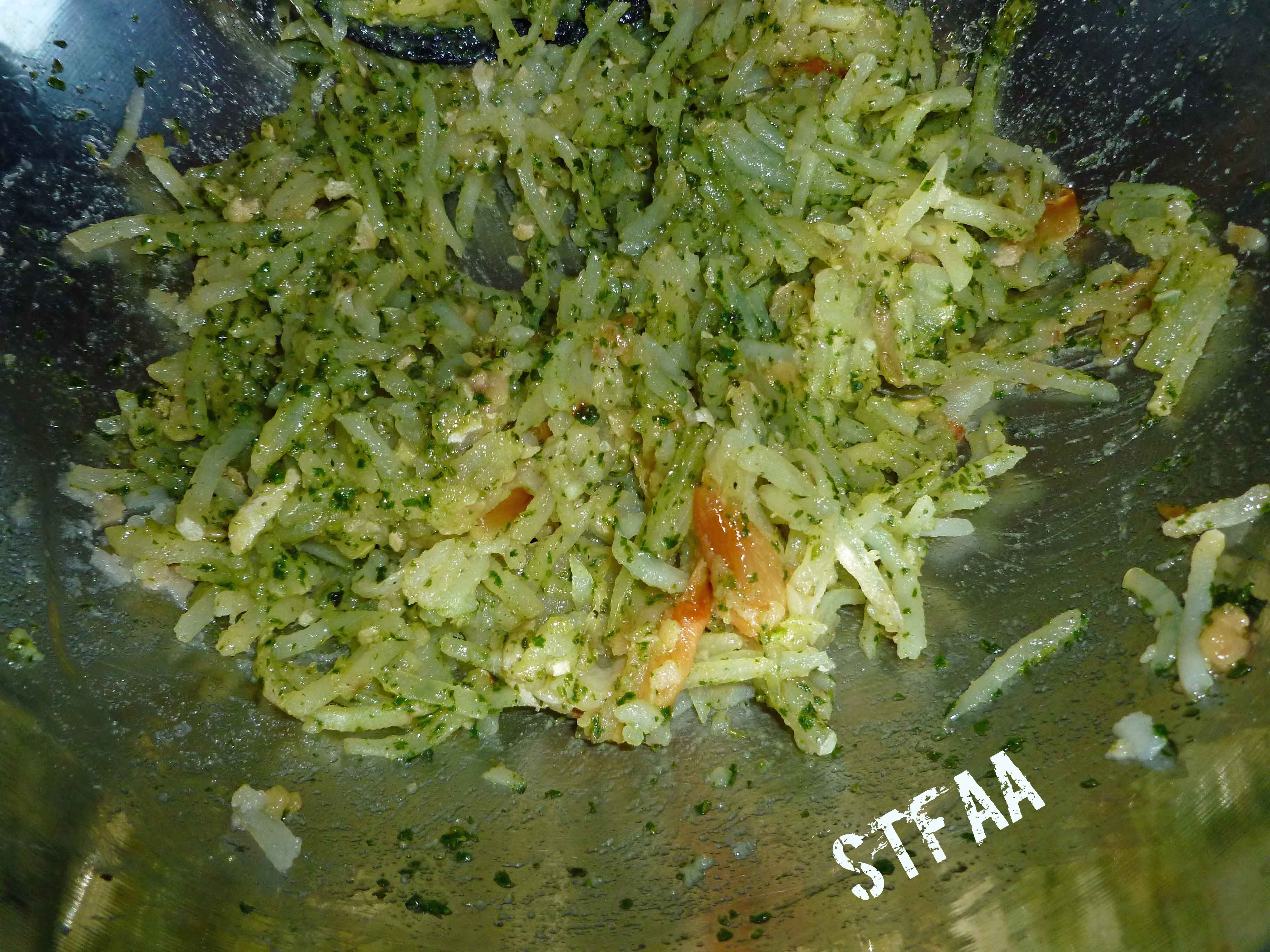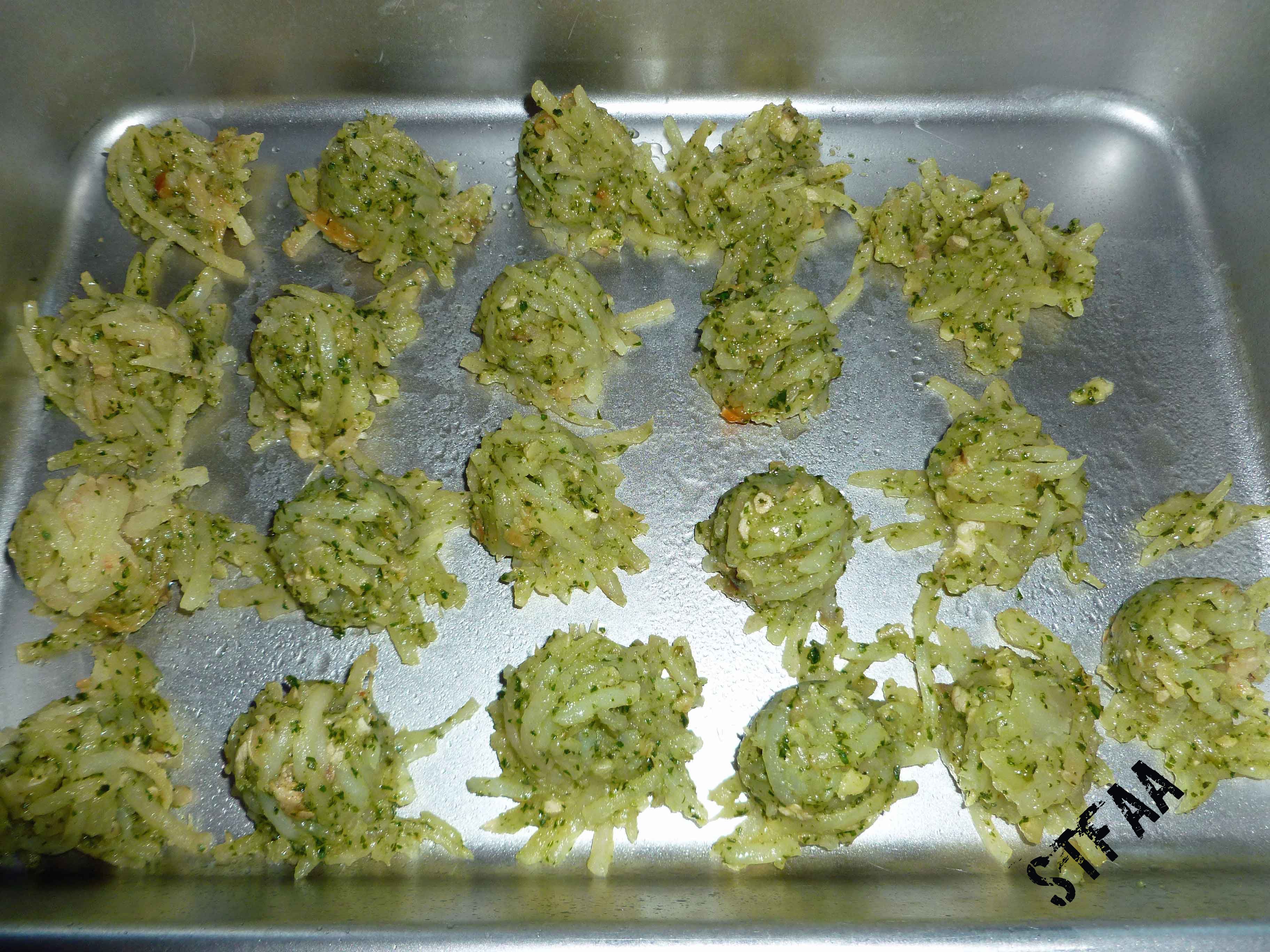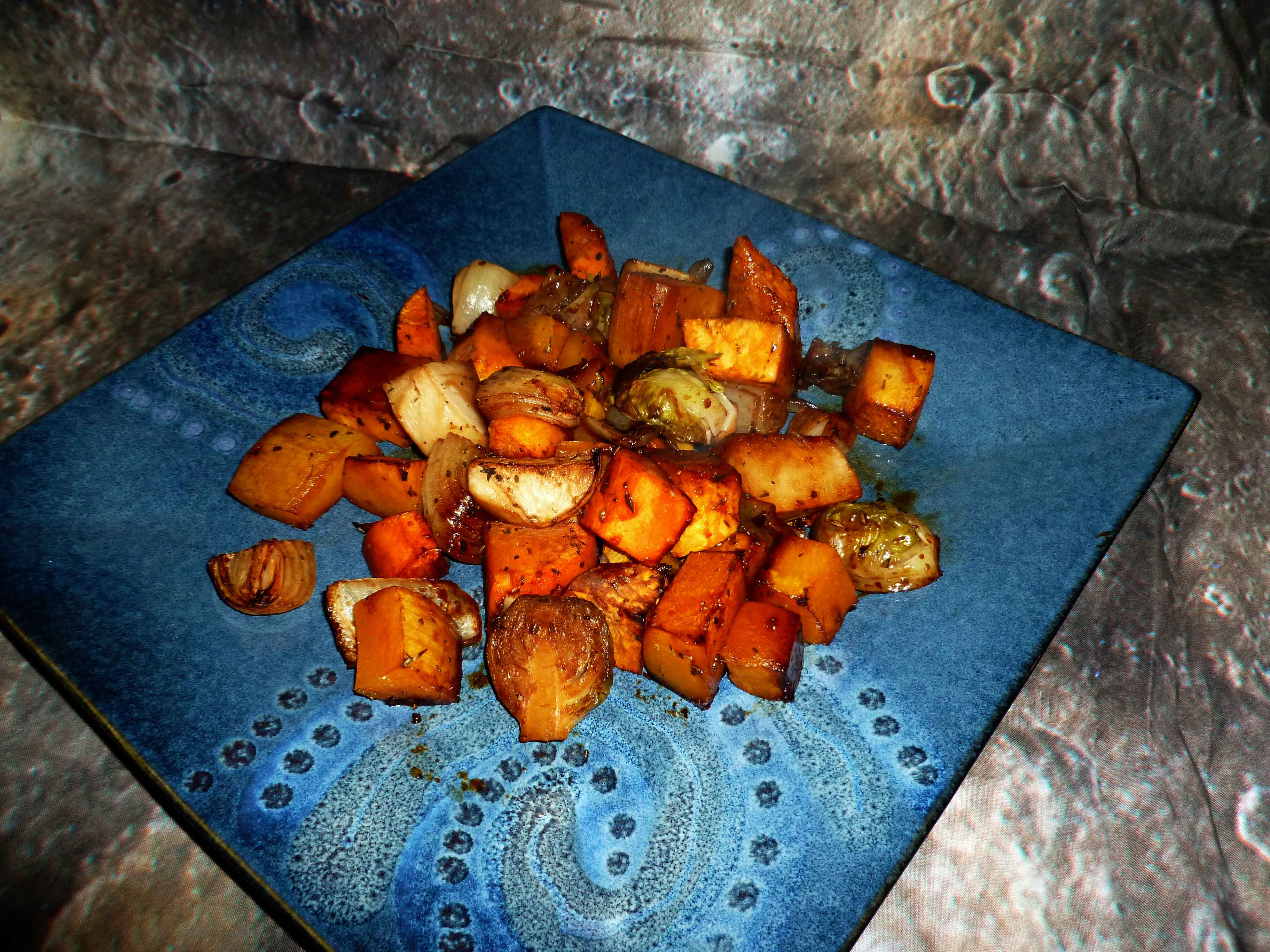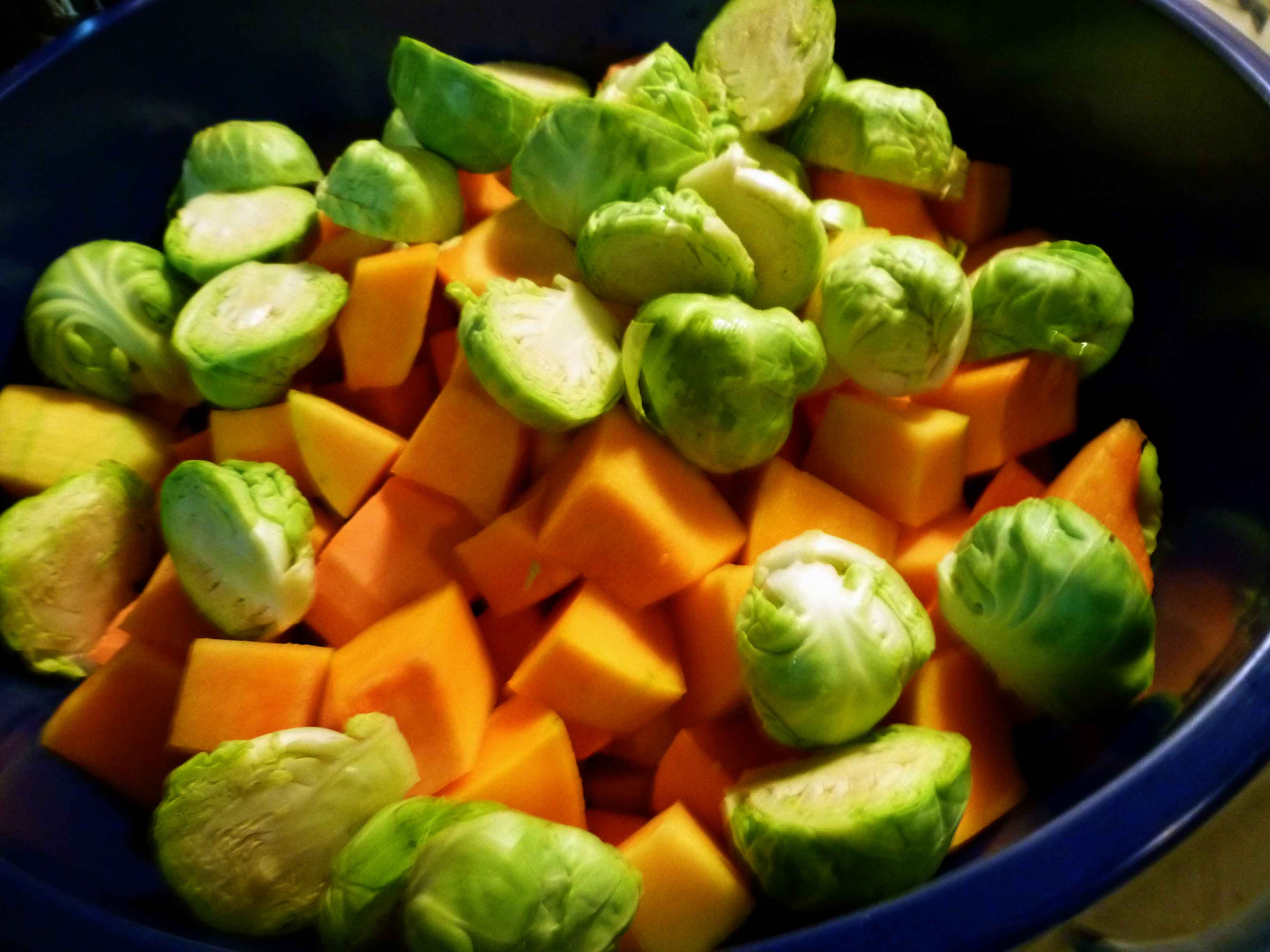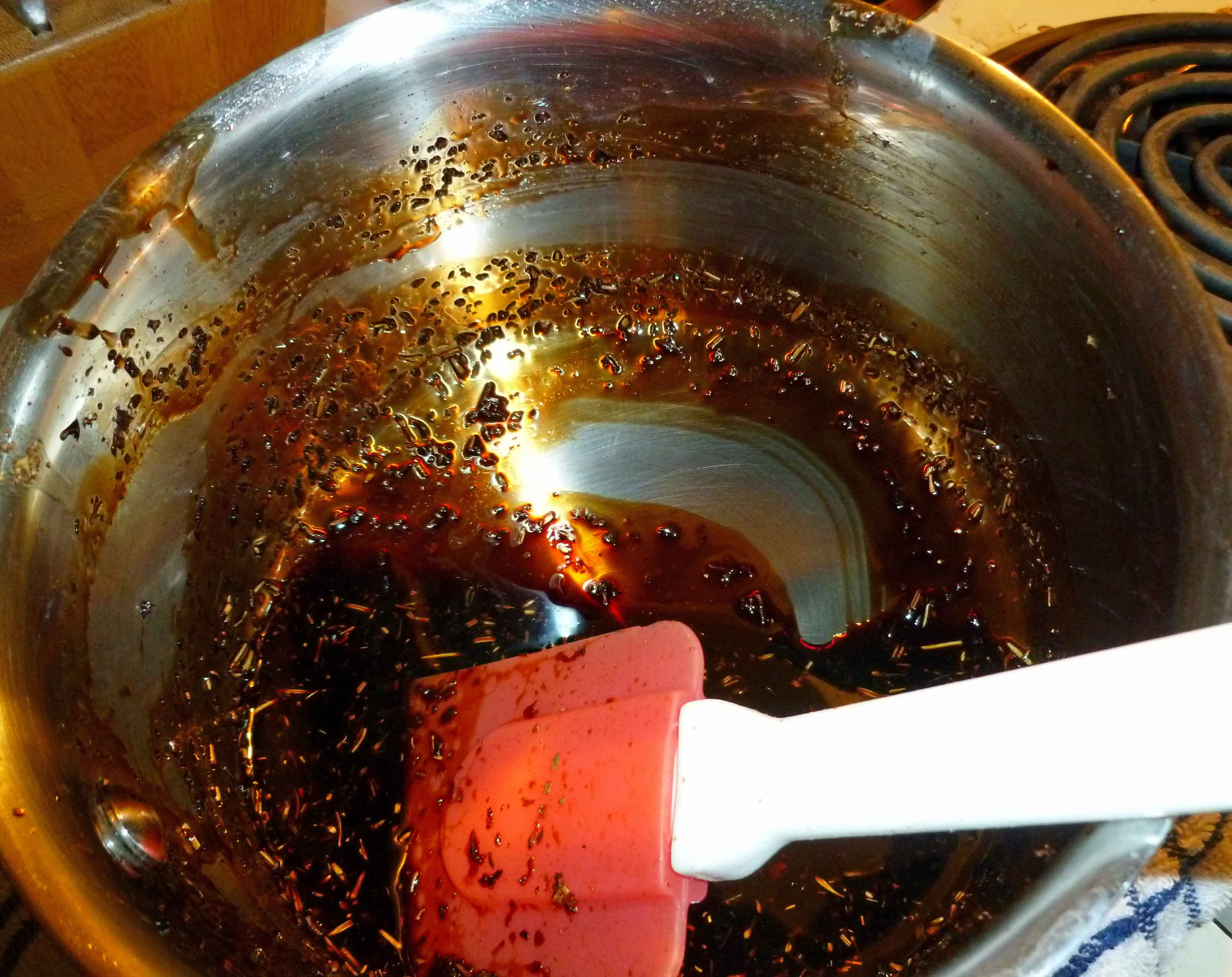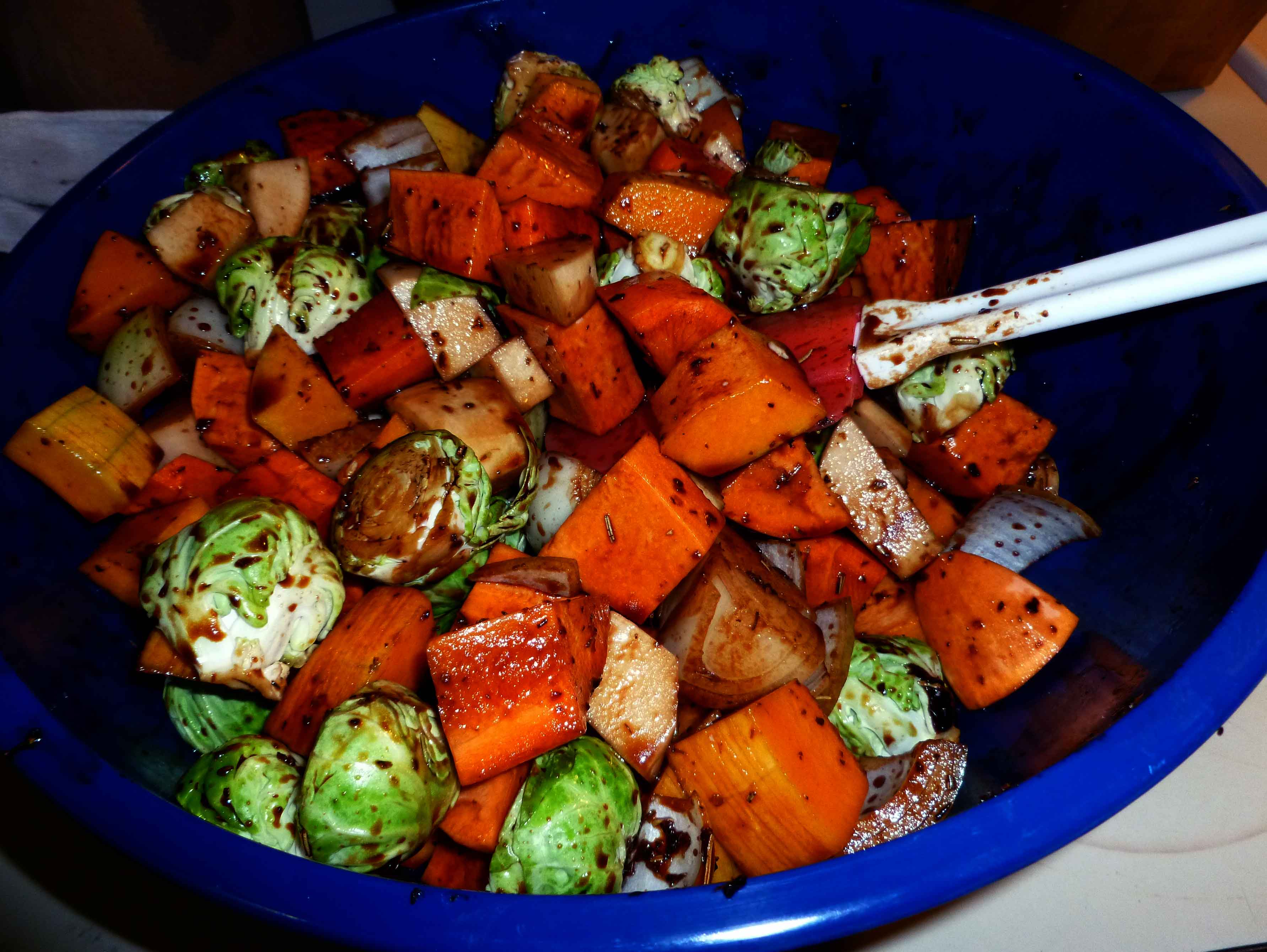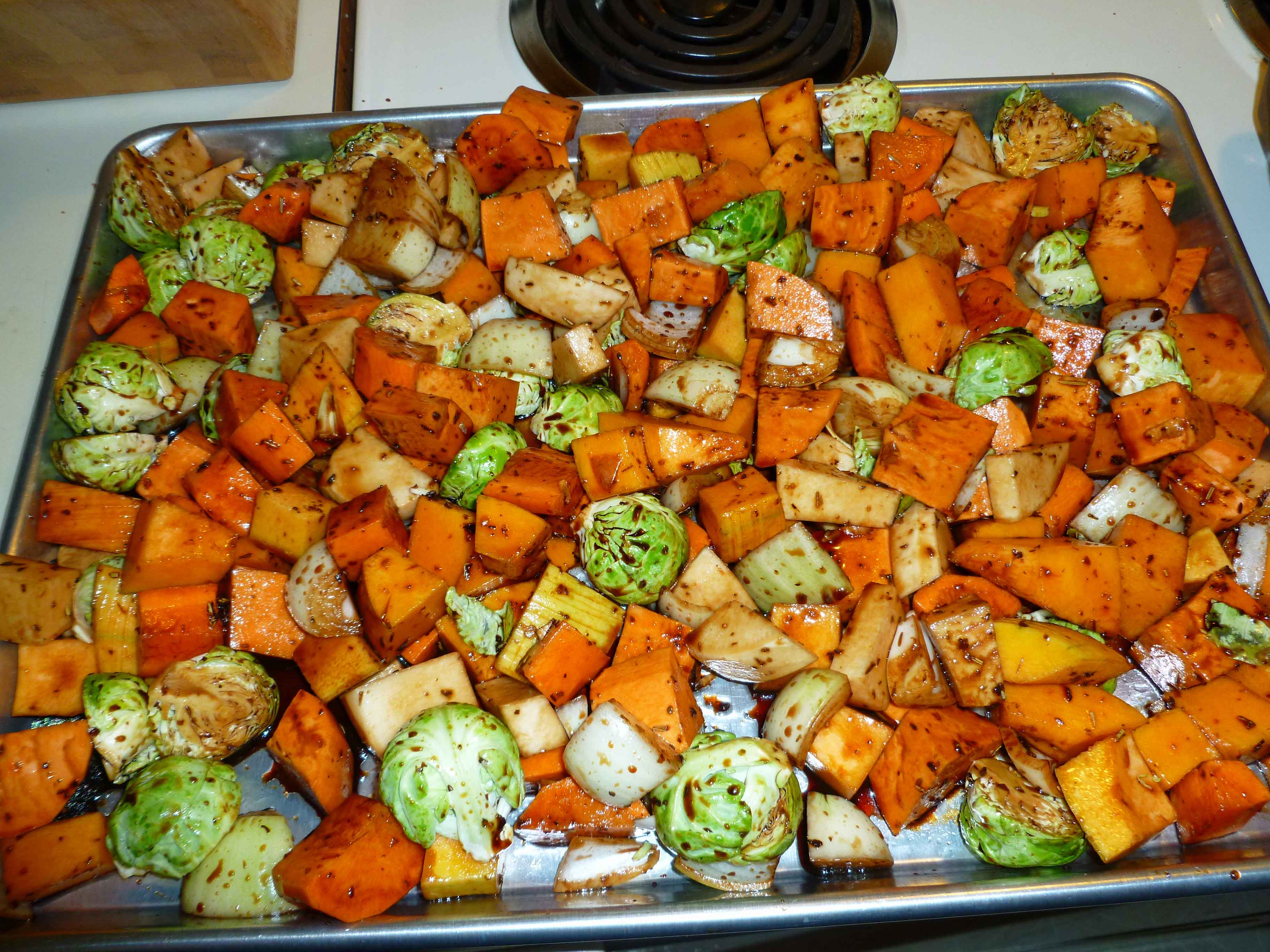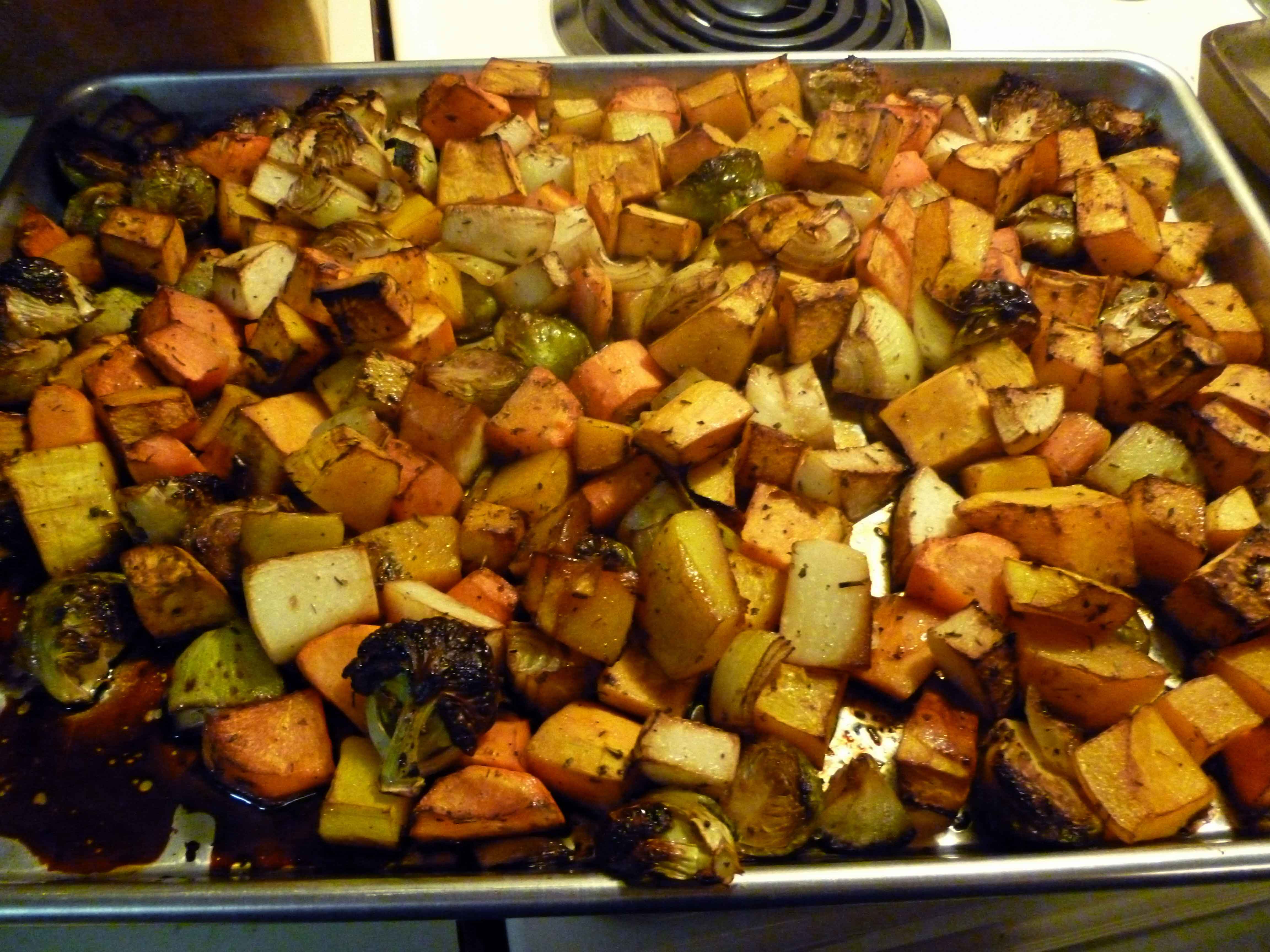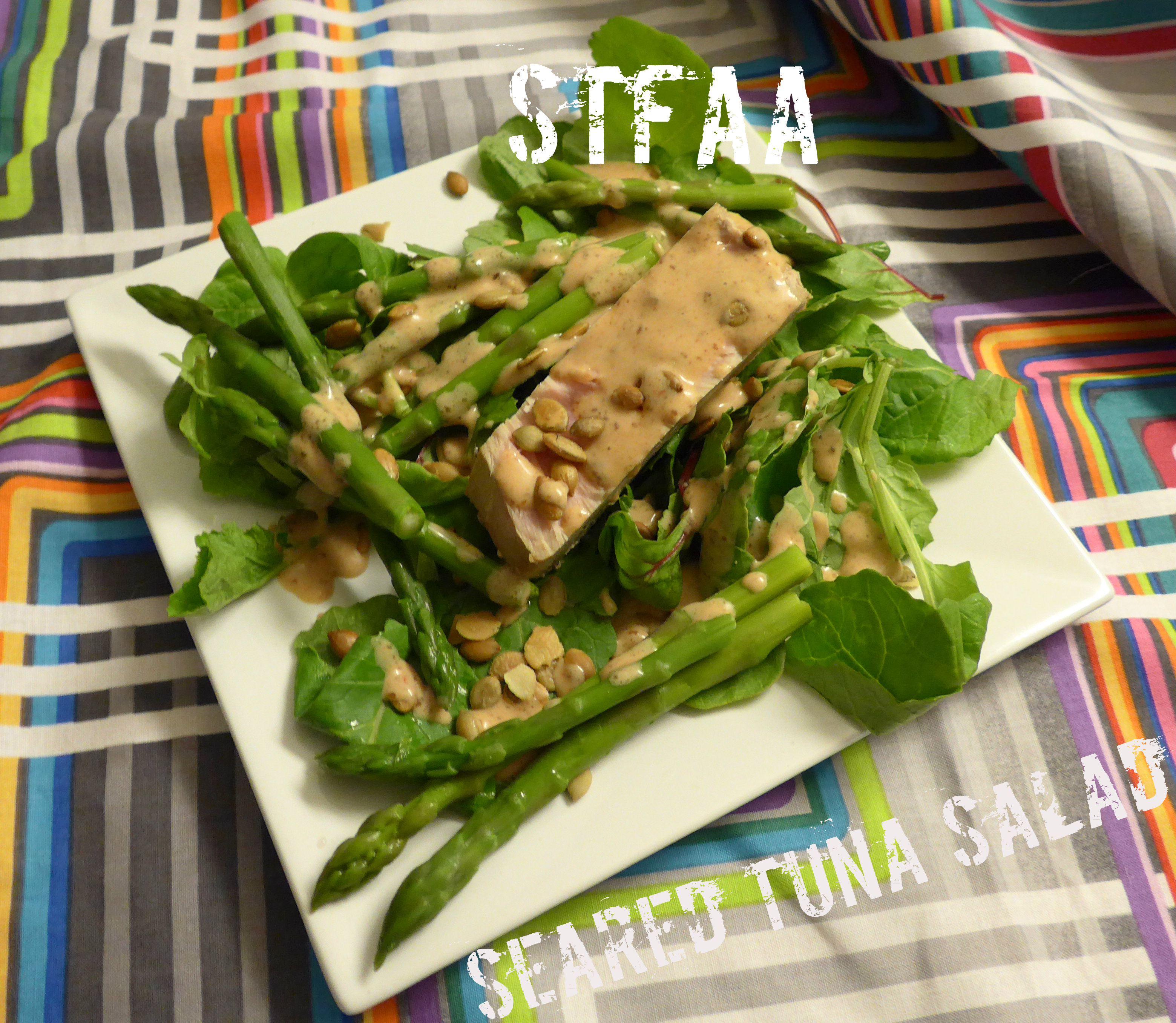
This is one of those areas where Denise and I diverge — neither of us is allergic to fish, but I love tuna, and she hates it. Conversely, she loves haddock, and I, eh, can’t get excited about it. If you’re pro-tuna, this might be your recipe.
The first time I had tuna — and liked it — was when I was in Greece in college. The whole experience was amazing, and so was the food. I had a simple salad one day, when I wasn’t feeling great and wanted something light. It was just lettuce, with canned tuna in oil and a few tomatoes. So simple, but so amazing. It was such a difference from the mayo-covered tuna salads I’d seen growing up, and it opened me up to tuna.
I first tried fresh tuna in sushi, and it’s still one of my favorites. But ordering tuna at a restaurant made me consider making it at home. Once you get more used to not cooking it all the way through (that dries it out!), it is SUPER EASY and seems pretty fancy.
This dish actually came out of leftover seared tuna. Normally, I make tuna for just me, as an occasional indulgence. But my grocery store was having a sale on some great-looking frozen tuna steaks, so I thought I’d give it a whirl as a mid-week dinner for me and my boyfriend. I cooked the fish and served it with steamed asparagus and bamboo rice — it was quick and easy, even though I got home late that night.
I overshot the amount of fish I needed, though. I’ve never had a leftover tuna steak before! Turns out, fresh tuna also makes an amazing salad. THAT is the recipe you’re getting today. But feel free to just buy too much fish for one dinner and make this salad the next day. Just scale the marinade up.
This recipe serves ONE. Scale up appropriately.
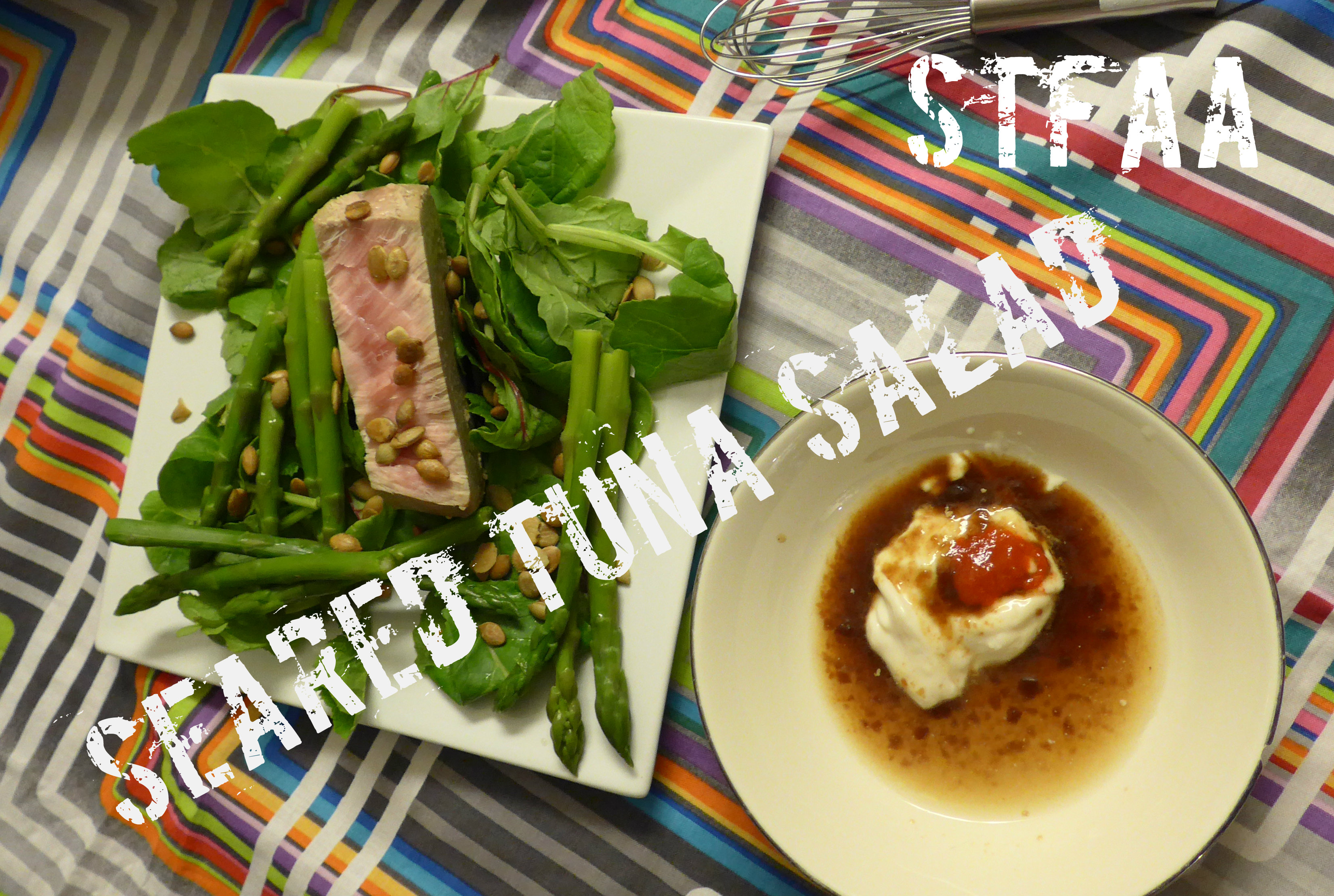
Tuna Steak Salad
- 1/3 lb. tuna steak, about 1 1/4 inch thick (the exact amount of tuna is up to you! But if your steak is substantially thicker or thinner, adjust your cooking time accordingly)
Marinade
- 1/4 cup rice wine vinegar (look for unsweetened, unseasoned, for the most flexible version)
- 1/4 cup faux tamari, or gluten-free soy sauce
- 1/4 teaspoon (generous) garlic powder (I used roasted, from Penzey’s, as it’s my new favorite)
- 1/4 teaspoon powdered ginger
Salad Ingredients
- 10 stalks or so steamed asparagus
- 1 cup mixed greens (I don’t like lettuce, so I used a mix of baby kale, baby Swiss chard, and baby spinach, but the crunch of lettuce would be great)
- 1 Tablespoon of pumpkin seeds, roasted and salted
Dressing
- 1 Tablespoon vegan or safe mayo (Earth Balance, or Aquafaba salad dressing)
- I Tablespoon faux tamari or gluten-free soy sauce
- 1 teaspoon rice wine vinegar
- dash of sriracha, to taste
- dash of toasted sesame oil, optional, to taste
If your fish is vacuum-packed, slit the packaging before you defrost it (put it on a plate first, of course) in the fridge. I usually take it out the night before and give it the night and day in the fridge.
Marinate the fish for about 20 minutes, 10 minutes per side. If I’m serving the fish with rice, this is about the perfect cooking time for rice. The fish takes about 5 minutes to cook, so get everything else ready before you start the cooking.
The salad is easy — steam the asparagus, heap it and the greens on a plate. Make the dressing by mixing all the ingredients together with a whisk or fork — taste and adjust the seasonings as needed. If you are using salted pumpkin seeds, you won’t need more salt. If you aren’t, you might want a dash of salt at the end.
Heat a well-seasoned cast iron skillet over medium-high heat until it is good and hot. You are going to sear the fish quickly, so make sure the pan is hot. If it’s a well-seasoned pan, you won’t need to add more oil.
Sear the first side of the fish. For cooking steaks an inch and a quarter thick, 3 minutes the first side and 2 minutes the second should be about perfect. Baste it with the marinade right before you flip it. Because tuna changes color as it cooks, you can watch the fish to get the timing correct — watch the cooking up the side and flip it when it’s cooked about 1/4 of the way through. Then take it off when it’s 1/4 of the way through the other side. The center of your fish should be warm, but pink. That is perfect tuna.
Add the tuna to the salad, sprinkle the salad with pumpkin seeds, and drizzle on the dressing.
Enjoy!




